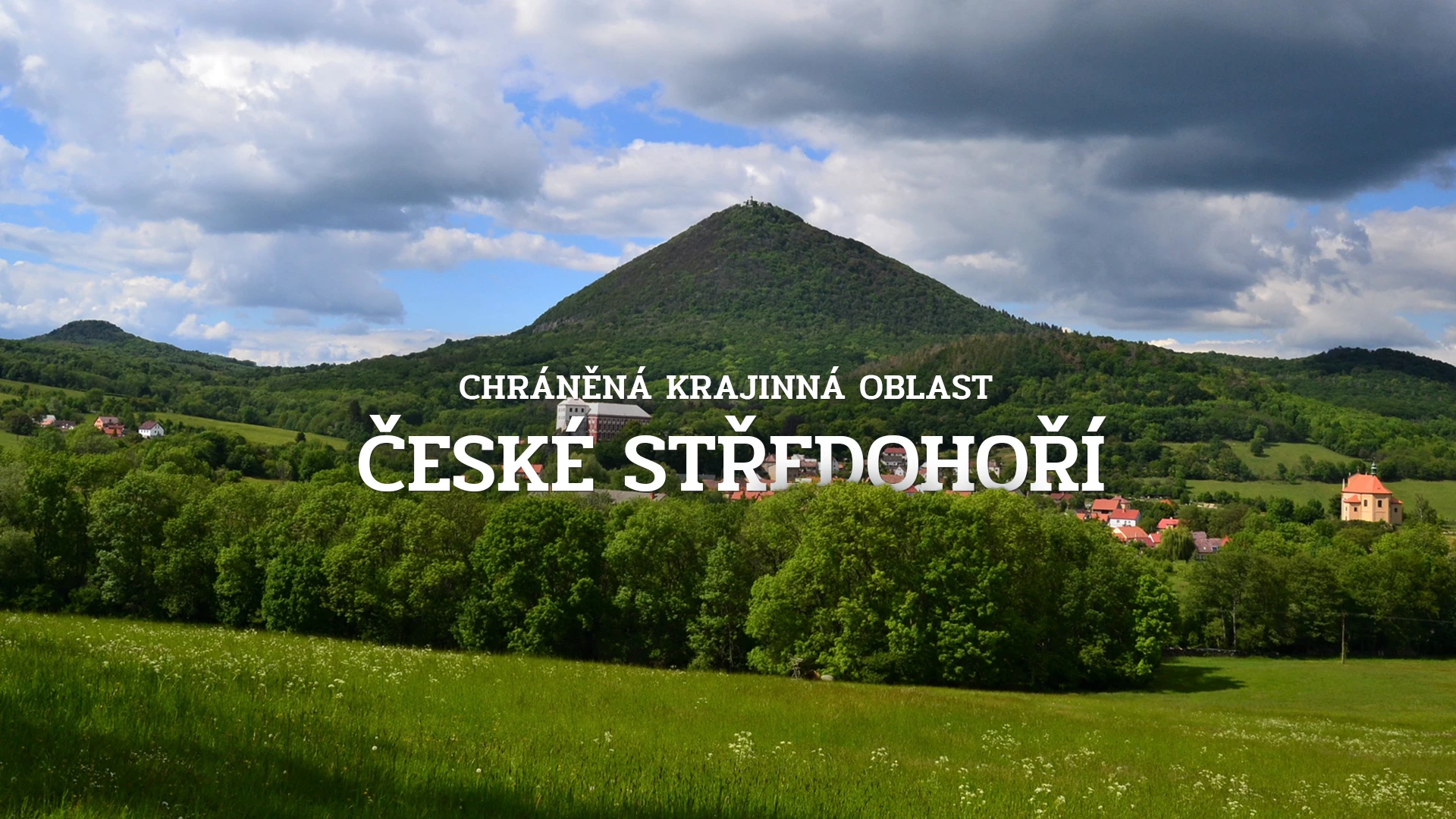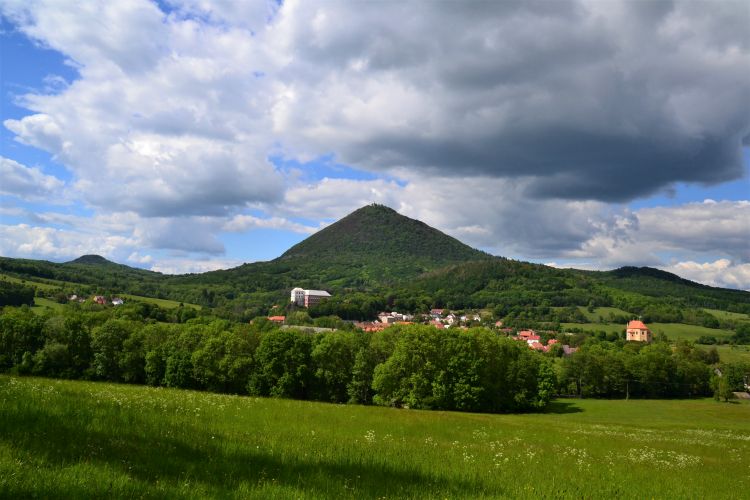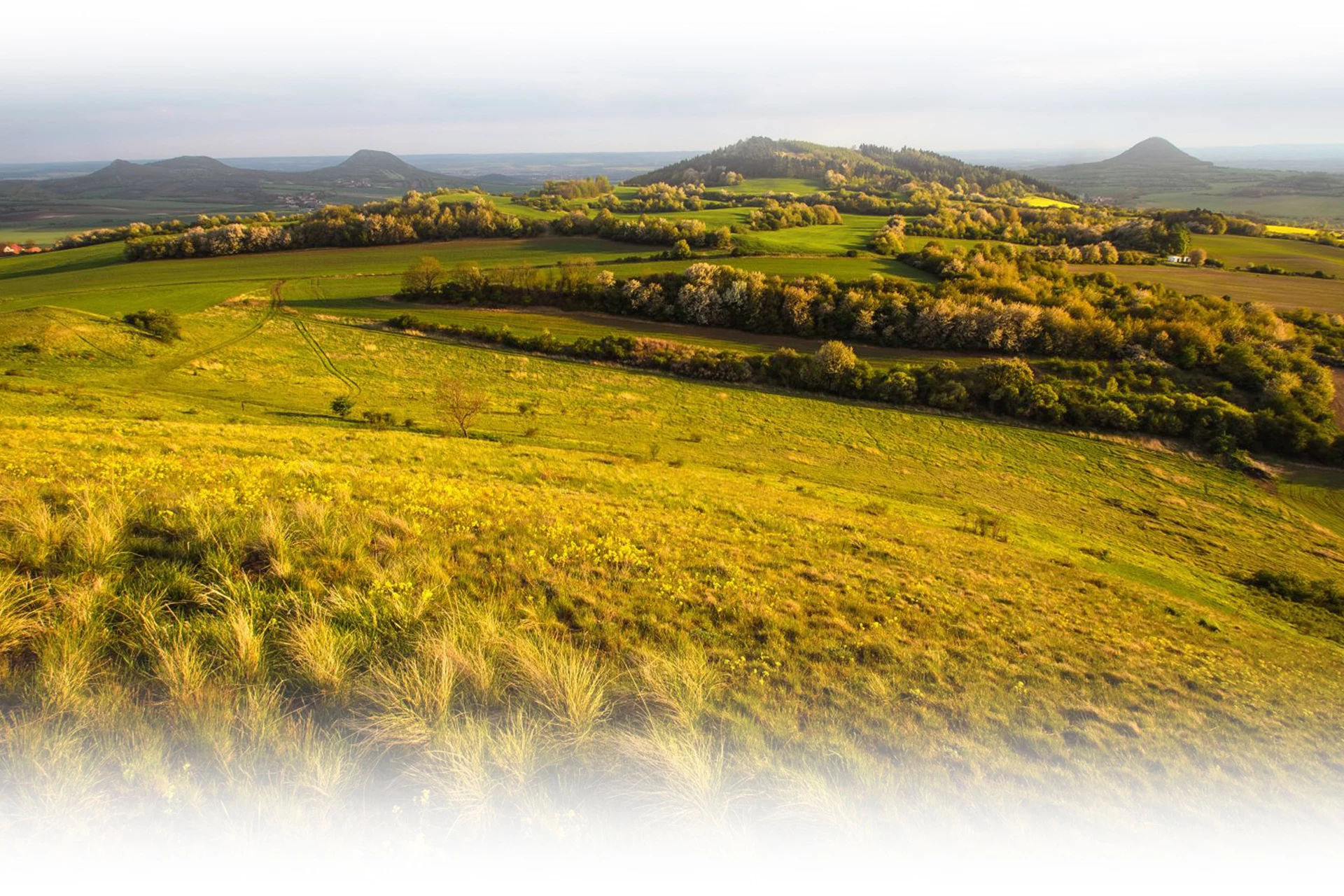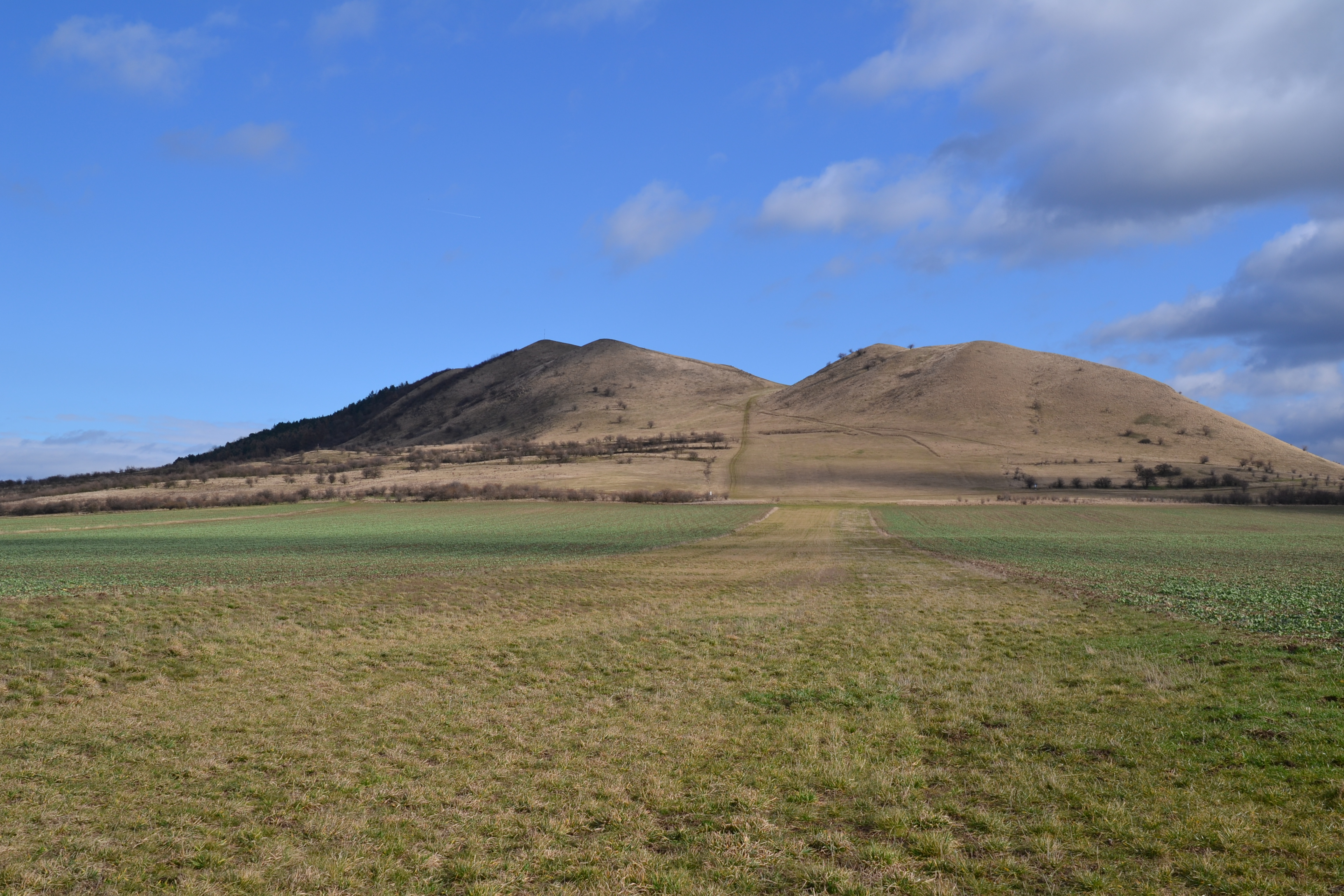CHKO - České středohoří


Chráněná krajinná oblast České středohoří
Strmé a vysoké kuželovité kopce, ostré skály, hluboké rokle, kaňon řeky Labe, neprostupné listnaté lesy, svěží pastviny i suché a horké stepi. To vše je České středohoří. Mimořádně pestrá krajina neopakovatelných a dech beroucích scenérií, která nezapře svůj sopečný původ ani mnohasetleté propojení s člověkem. I proto bývá někdy označována jako zahrada Čech.

Aktuality / Novinky
Kalendář akcí

Tipy na výlet
Jestli plánujete přijet do Českého středohoří, máme pro vás několik zajímavých tipů na výlet.

GEOFUN v Českém středohoří
Strmé kopce sopečného původu, hluboká údolí, lesnaté svahy, stepní stráně i staré sady v okolí historických obcí. To všechno nabízí úchvatná krajina Českého středohoří, která si vás rychle podmaní a její obraz se vám vryje do paměti. A co si takhle výlet do Českého středohoří okořenit virtuálním průvodcem?

Naučná stezka "Úpatím Rané"
Cesta za poznáním nejznámějšího stepního kopce Českého středohoří

Procházka syslím rájem na vrchu Raná
Za mongolskou stepí do Českého středohoří.